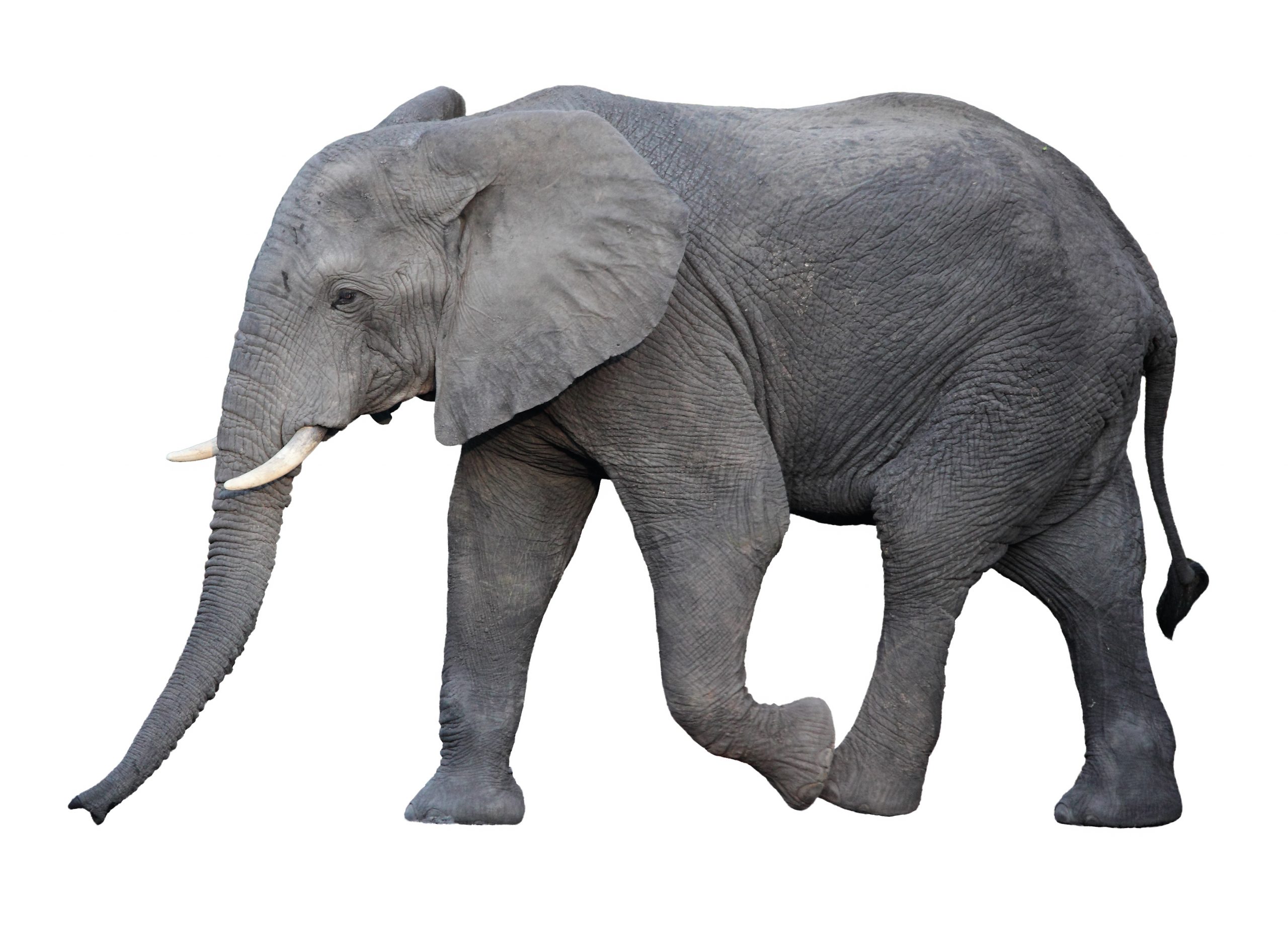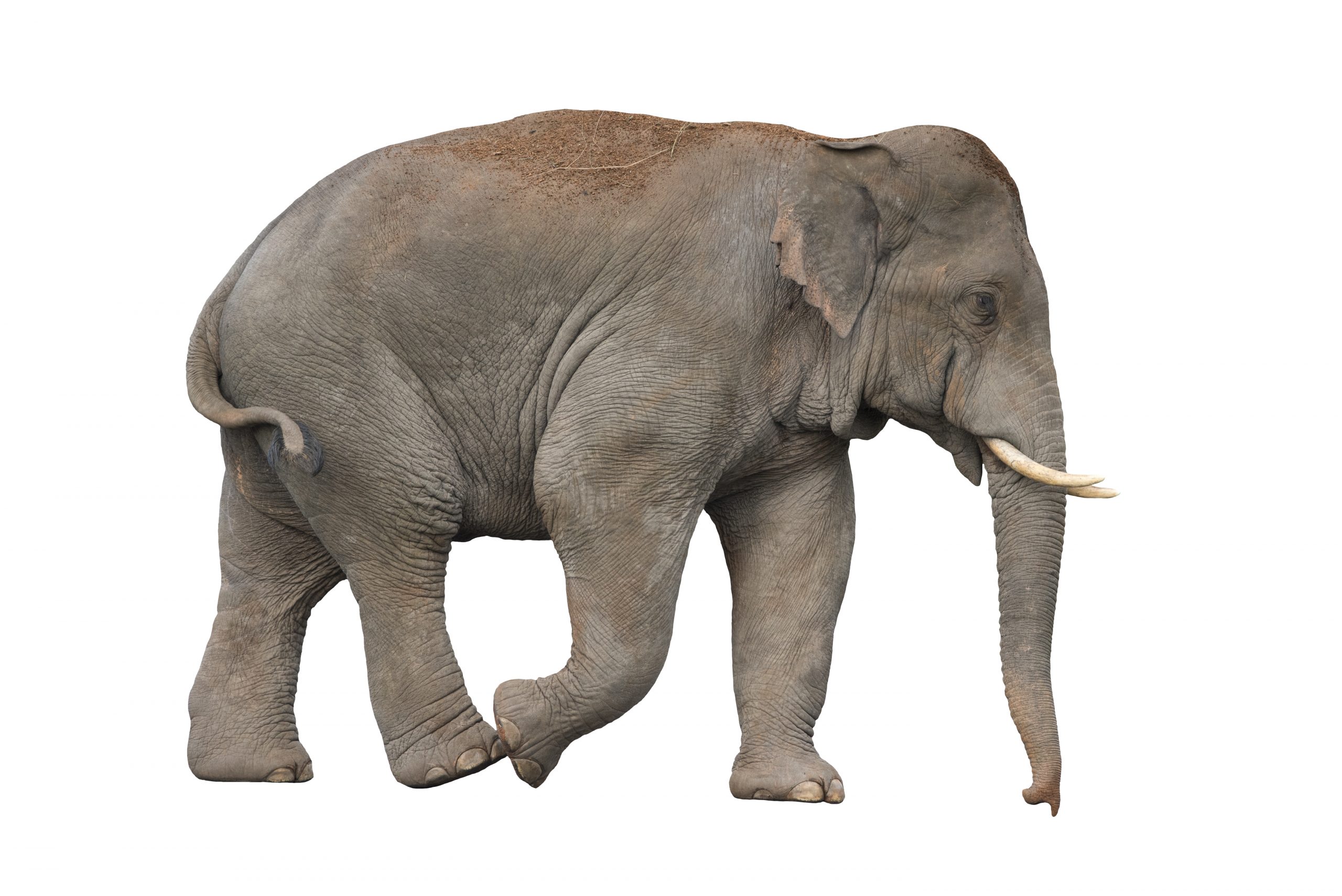African vs Asian
What's the difference between African elephants & Asian Elephants?
Upon first glance, you may not know the difference between African elephants and Asian elephants. But if you know what to look for, the differences are quite apparent.
African elephants are larger and have larger ears. They also have a concave dip in their back. Asian elephants on the other hand, are smaller ears, and a humped or straight.
African Elephant
Height
3-4 meters (10-13 feet)
Weight
4,000-7,500kgs
Forehead
Single hump
Ears
Very large; reach over neck
Lip
Short and round
Trunk
Heavily ringed; 2 finger-like appendages at the tip

Tusk
Both females and males have tusks
Skin
Wrinkled
Back
Concave
Stomach
Slopes down to back knees
Ribs
Up to 21 pairs
Toenails
Usually 4 on the front, 3 on the back
Asian Elephant
Height
2-3 meters (8-11 feet)
Weight
3,000-5,000kgs
Forehead
Two humps
Ears
Some fold over at the top but do not reach over neck
Lip
Long and pointed
Trunk
Smoother; One finger-like appendage at the tip

Tusk
Only some males have tusks
Skin
Smooth
Back
Humped or straight
Stomach
Hangs down in the middle or straight
Ribs
Up to 20 pairs
Toenails
5 on the front feet, 4 on the back feet
| African | Asian | |
|---|---|---|
| Height | Highest point is the head, 3-4 meters (10-13 feet) | Highest point is the shoulder, 2-3 meters (8-11 feet) |
| Weight | 4,000-7,500kgs | 3,000-5,000kgs |
| Forehead | Single hump | Two humps |
| Ears | Very large and reach over the neck | Large, some fold over at the top but do not reach over the neck |
| Lip | Short and round | Long and pointed |
| Trunk | Heavily ringed appearance with two finger-like appendages at the tip | Smoother appearance with one finger-like appendage at the tip |
| Tusk | Both females and males have tusks | Only some males have tusks, females have ‘mini-tusks’ called tushes which are large incisor teeth |
| Skin | Wrinkled | Smooth |
| Back | Concave | Humped or straight |
| Stomach | Slopes down to the back knees | Hangs down in the middle or straight |
| Ribs | Up to 21 pairs | Up to 20 pairs |
| Toenails | Usually 4 on the front, 3 on the back | 5 on the front feet, 4 on the back feet |
| WWF Wild Population Estimate | 470,000-690,000 | 25,600-32,700 |
| IUCN Red List Status | Vulnerable | Endangered |
| Diet | Variety of vegetation with a large concentration of leaves | Variety of vegetation with a large concentration of grasses |
| Social Groups | Family groups of 6-20 individuals, but several groups may travel together or inhabit the same area | Family groups consist of 7-8 adult females with young |
